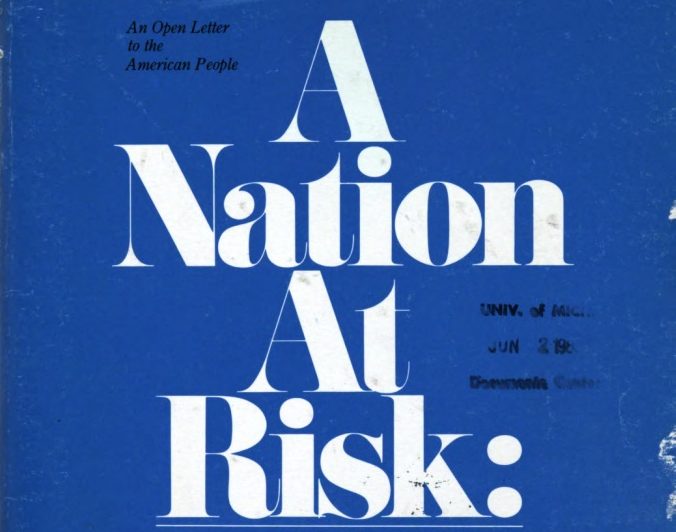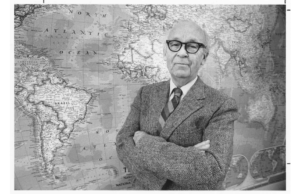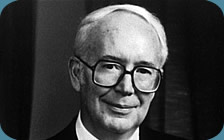
Since first becoming involved in the fight against education reforms, the bipartisan efforts to destroy public education have been puzzling to me. Why is it that the two major political parties with opposing views on virtually every issue are in support of these reforms?
Over the last few weeks, I have been researching and reading more about the origins of education reform. I thought that it would be good to discuss the various components, what they mean and my stance on it. As I got further into it, I realized that explaining the individual components will require that they each have their own blog.
What I will do here, without going too far into the history of it, I will familiarize you with education reform as we see it, today. I will follow up with individual components.
Please understand that the following events are condensed and that efforts to reform the education system began much earlier than where I start. The very first significant effort to deviate from the tax-supported public school, nationally, took place shortly after the Brown vs. the Board of Education decision (1954). It would be foolish to believe that the faction of people who fought against desegregation would simply rollover after the decision. The following year, there was a bipartisan effort to create a voucher system that would allow certain classes of people to use government vouchers to send their child to private school instead of using the segregated public school option. The unconstitutional effort was shot down because the private schools would receive public funds and have no public oversight.

In 1972, a researcher at the Regional Laboratory of Educational Improvements of the Northeast and Islands published the first conceptual plan to restructure the basic design of the American education system. His name was Ray Budde.
Budde published his “Education by Charter” which included a ten year plan to convert tax-funded public schools into streamlined and efficient school system run by private, not public, entities. His plan included:
- Transforming the superintendent from an education leader to a business leader.
- Restructuring the organization.
- Changing the role of the principal.
- Changing the role of the teacher.
- Establishing autonomy in the classroom.
- Extending the length of the day and the school year.
- Student ownership of learning.
- Incentivizing teachers for student performance.
These are things that we are seeing unfold in front of us 40+ years later. At the time, it was seen as radical. It did not garner a lot of support.

Now, fast forward to 1983. President Ronald Reagan established the National Commission on Education Excellence in response to Secretary of Education, Ted Bell’s claim that the U.S. was unable to keep up with the needs of the workforce. The resulting report, “A Nation at Risk,” was the beginning of the bogus narrative that our schools are failing, and that the learning gap between black students and white students was increasing at a frightening rate. The report, and its recommendations, were a stark contrast to Reagan’s education policy which included voluntary prayer under school auspices, tax credits for tuition payments and abolition of the department of education.

At the time the report was released, the president of the American Federation of Teachers was Albert Shanker. Shanker was familiar with Budde’s proposal. While he didn’t support the complete transformation of a district, he did favor the idea of charters. He proposed that small groups of teachers who wanted to explore alternative methods of teaching and learning be granted a “charter” with complete autonomy to run the school in the manner they see fit.
The idea was well received. The Democrats saw charters as a way to address learning gaps and deficiencies in specific situations. The Republicans saw charters as a way to reduce the size of government, utilize the education cash flow more efficiently and produce better results; all based on the concept of competition and free market.

In 1988, Budde’s entire proposal was republished. At the same time, Secretary of Energy, Admiral James Watkins, commissioned the Sandia Laboratories to closely examine the data referenced in the “Nation at Risk” report. What they discovered was that over the course of twenty years, the SAT test group grew larger to include subsets of traditionally low performers. While this brought the overall testing average down, a closer look revealed that the scores of the individual subsets held steady. This is known as the “Simpson Paradox” and completely contradicts the results that were published. The report was rejected by the Department of Education and was not published by any government entity, but was published in a research journal. The situation became quite volatile, and eventually lead to Diane Ravitch’s separation from the Department of Education. Ratvitch went on to be one of our strongest leaders against the education reform movement.
In 1989, Ray Budde and Superintendent Bill Wright initiated a ten year experiment to transform Hometown Public School District to a “Education by Charter” district with lackluster results. Through the course of the ten years, several states passed legislation establishing charter schools.
 In 2001, the legislature passed the No Child Left Behind Act (NCLB), and in January 2002, it was signed into law by President George W. Bush. NCLB essentially doubled down on the experimental school design that produced no noticeable difference in performance and was based on a fraudulent report. In 2004, the department of education conducted a study of charter school performance in the states that had passed charter school legislation, including Texas, Colorado, Illinois, Massachusetts and North Carolina. The conclusion of the study was as follows:
In 2001, the legislature passed the No Child Left Behind Act (NCLB), and in January 2002, it was signed into law by President George W. Bush. NCLB essentially doubled down on the experimental school design that produced no noticeable difference in performance and was based on a fraudulent report. In 2004, the department of education conducted a study of charter school performance in the states that had passed charter school legislation, including Texas, Colorado, Illinois, Massachusetts and North Carolina. The conclusion of the study was as follows:
“More than half of the charter schools in Texas, Colorado, Illinois, Massachusetts, and North Carolina were meeting state performance standards. However, charter schools were less likely to meet performance standards compared with traditional public schools.”
The writing was on the wall. It was obvious that the reforms required enormous effort and didn’t produce any return of investment…except for those who had discovered that running a charter school was an easy way to convert taxpayer money into profit. The fix was in. All they had to do was move forward with the agenda to convert all schools to charter, and the profits would flow. How do you do that?
- You establish high standards (highly inappropriate) and test students excessively to convince the public that our schools are failing by adjusting scores.
- You lay the blame for failing schools on the teachers and begin to peck away at the foundation of their professionalism and destroy their union; then reduce the educational requirements to become a teacher.
- You promote charter schools as a better “choice” to educate your child when they are stuck in a failing school, especially among the underprivileged and those living in poverty.
- You staff the charter schools with less qualified, de-unionized teachers and pay them less.
- You prove to the public that charter schools are better using the same score adjustment methods used to make public schools fail.
That is a rough historical timeline of education reform that brought us to where we are, today. I apologize for the length, and I will do my best to keep the additional parts brief. Stay tuned!

